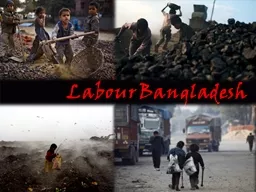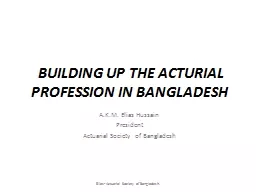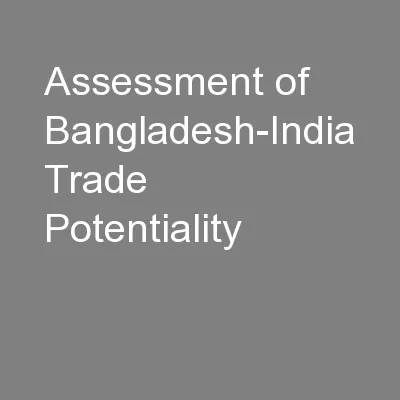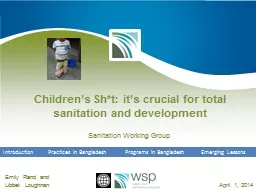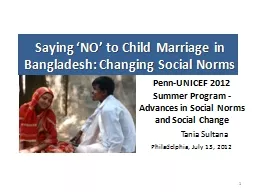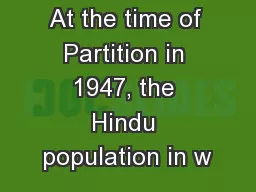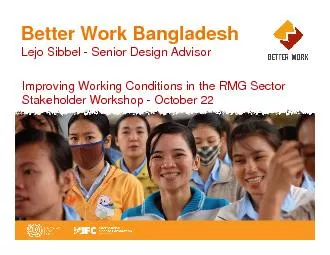PPT-Child Labour, Child Labour Bangladesh
Author : cheryl-pisano | Published Date : 2016-06-14
380 000 kids are homeless and are most likely used for child labour Canada 9984670 km² is 6934 times as big as Bangladesh 143998 km² There is a higher
Presentation Embed Code
Download Presentation
Download Presentation The PPT/PDF document "Child Labour, Child Labour Bangladesh" is the property of its rightful owner. Permission is granted to download and print the materials on this website for personal, non-commercial use only, and to display it on your personal computer provided you do not modify the materials and that you retain all copyright notices contained in the materials. By downloading content from our website, you accept the terms of this agreement.
Child Labour, Child Labour Bangladesh: Transcript
Download Rules Of Document
"Child Labour, Child Labour Bangladesh"The content belongs to its owner. You may download and print it for personal use, without modification, and keep all copyright notices. By downloading, you agree to these terms.
Related Documents

